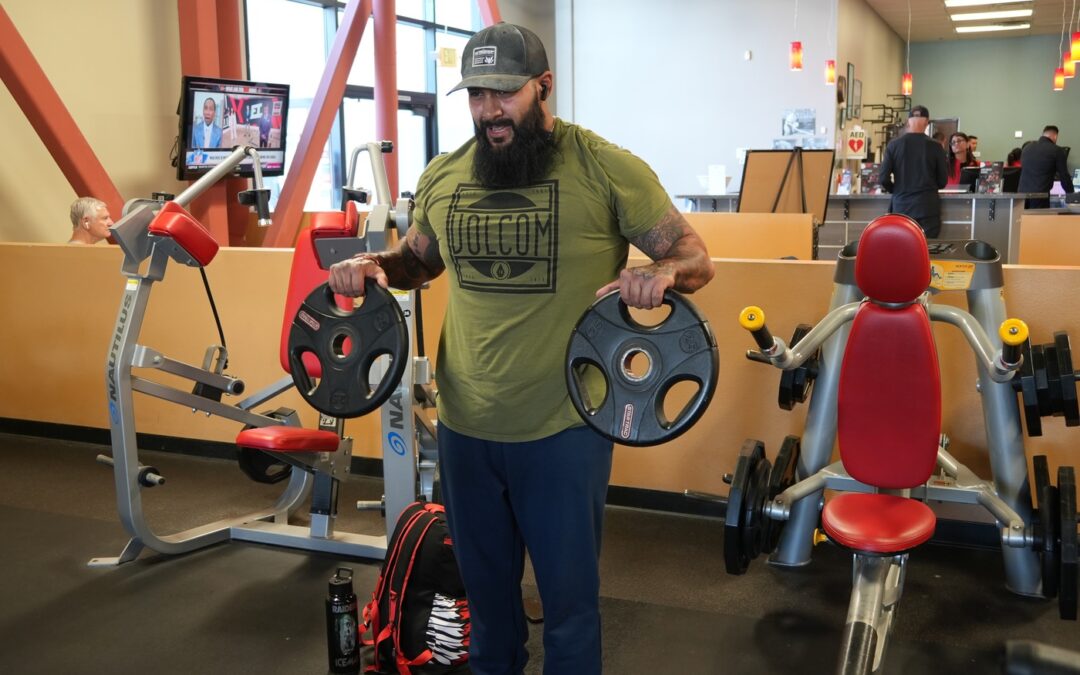You’ve just completed a set of bicep curls, and your muscles feel like they’re on the verge of bursting through your skin. You glance in the mirror and admire your suddenly swollen biceps. Congratulations, you’ve achieved the coveted muscle pump.
The Science Behind the Pump
What you commonly refer to as the “muscle pump” is actually known as “transient hypertrophy.” Don’t let the scientific terminology intimidate you. Hypertrophy simply means muscle building, and transient indicates that it’s a temporary state. If you’ve ever experienced a muscle pump, you’re familiar with how short-lived it can be.
Muscle pumps primarily occur due to the accumulation of fluid in your muscles during exercise. When you engage in weightlifting, blood rushes to the muscles you’re working, and lactic acid begins to build up, drawing water into your muscle fibers. These two factors—increased blood flow and lactic acid buildup—cause individual muscle cells to swell, giving the appearance of larger muscles during your workout.
If you’ve had a muscle pump, you’ve likely felt the sensation of fullness and heaviness in your muscles after an intense set. This is the result of fluid accumulating in your hard-working muscles.
Does a Muscle Pump Help Build Muscle?
While experiencing a muscle pump can make you feel more powerful and larger, these effects are often short-lived. Transient hypertrophy is named as such for a reason. Muscle pumps typically disappear shortly after your workout because your body has no need to retain excess blood in non-working muscles. Additionally, your body wants to eliminate lactic acid as quickly as possible.
Obtaining a muscle pump is a positive indicator that you’ve had an effective workout, but it doesn’t guarantee that your muscles will appear pumped the next morning. It’s worth noting that achieving a pump usually means you’ve worked your muscles hard enough to stimulate adaptation (growth), although concrete evidence remains inconclusive.
How to Get a Muscle Pump
The most effective way to achieve a muscle pump is through weightlifting, especially with high volumes (more repetitions at moderate loads). The repetitive contractions and extensions of your muscle fibers during weightlifting facilitate the entry of fluids into your muscle cells. To maximize your muscle pump, consider these tips:
Opt for high-volume weightlifting over high-load weightlifting. Increased muscle contractions create a stronger stimulus for your body to send blood to those muscles. Scientifically, high-volume weightlifting is considered the most effective way to build muscle overall.
Stay hydrated before and during your weightlifting session. Since a muscle pump relies on fluids, dehydration can limit your body’s ability to pump your muscles.
Consume carbohydrates before your workout. Carbohydrates help retain water in your body, potentially contributing to a better muscle pump.
Incorporate supersets and tri-sets into your routine. As mentioned earlier, achieving a muscle pump is all about volume. Implementing supersets (two exercises performed consecutively) and tri-sets (three exercises) is a straightforward approach to increase your overall volume and reduce rest time, increasing your chances of experiencing a muscle pump.
Remember that the muscle pump is a temporary phenomenon, but it can serve as a motivating sign of a productive workout session.


